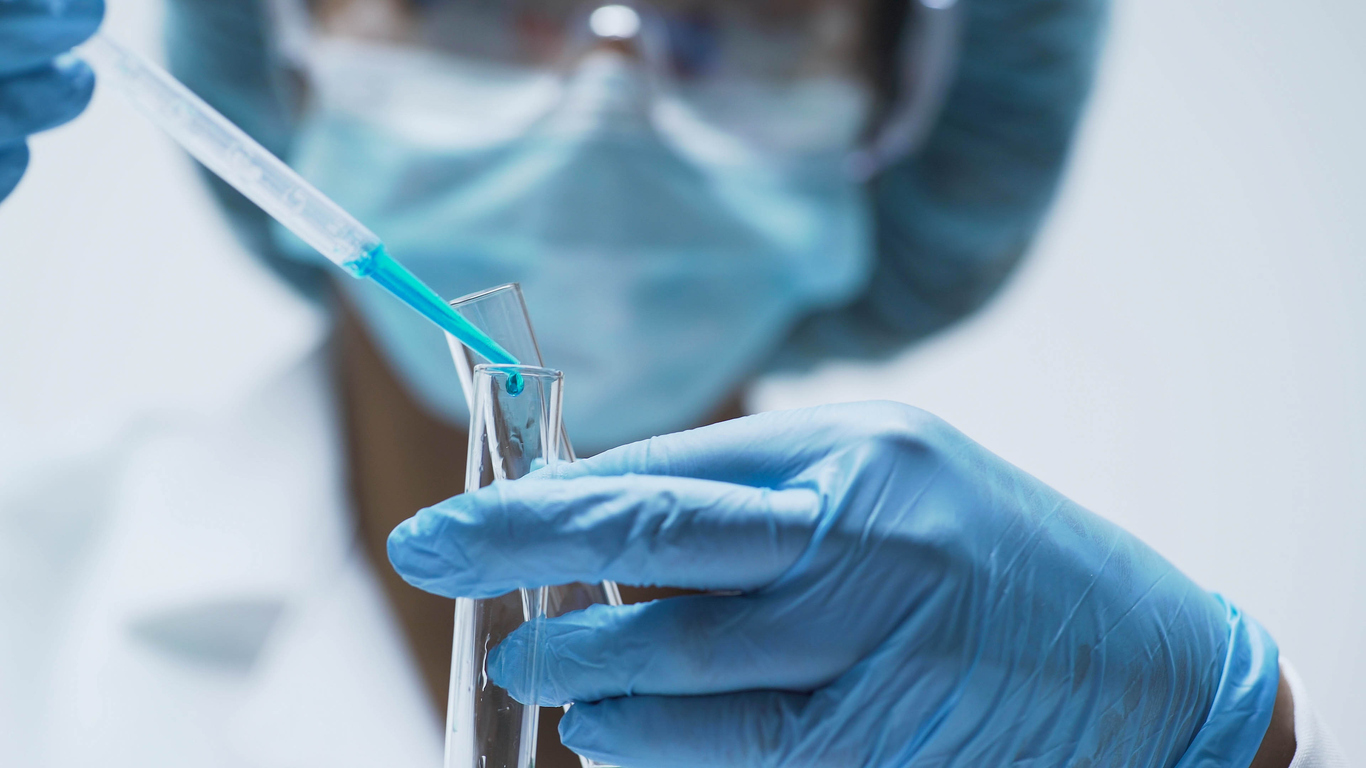A quick survey of recent FDA Form 483s shows that firms are struggling to meet FDA expectations for timeliness of stability testing. During the last twelve months, the FDA has issued at least sixteen Form 483s for observations related to the timeliness of stability sample testing.
Neither the current guidance ICH Q1A(R2) “Stability Testing of New Drug Substances and Products” nor the FDA November 2003 Guidance for Industry “Q1A(R2) Stability Testing of New Drug Substances and Products” details the expectations for the timeliness of stability sample testing. The December 2008 FDA Guidance for Industry “Drug Stability Guidelines” vaguely mentions in several places “samples should be analyzed as soon as possible.”
The 2017 World Health Organization draft guidance “Stability Testing of Active Pharmaceutical Ingredients and Finished Pharmaceutical Products” does make the statement, “For each time point, testing should be done at or after the corresponding date, and should not be later than thirty days or on calendar month after.”
The testing cycle time issue gets even more clouded by the individuality of laboratories’ chosen testing cycle time metrics. Stability programs often have established allowances for the timeframe of pulling stability samples, start of testing, completion of testing, review of test data, and/or release of the testing results. Many laboratories appear to mask their delays in stability testing behind cycle time semantics. There is currently no universally accepted industry practice for a stability testing cycle time metric.
With a lack of clear detailed regulatory guidance, testing laboratories tasked with both stability and release testing responsibilities have operated their stability programs with individuality in practices. Unfortunately, often the priority of stability testing is dictated by immediate business needs, which means product release testing at times seems to be given higher priority.
To keep everything in perspective, the ICH Q1A(R2) guidance states, “The purpose of stability testing is to provide evidence on how the quality of a drug substance or drug product varies with time under the influence of a variety of environmental factors such as temperature, humidity, and light, and to establish a re-test period for the drug substance or a shelf life for the drug product and recommended storage conditions.” Long testing cycle times do not fulfill this purpose.
From Lachman Consultants’ review of recent Form 483s issued by the FDA, it would appear that stability testing laboratories need to have established, justified stability testing cycle time limits and closely monitor the corresponding performance metrics.
For further information or questions relating to any aspect of stability testing, please contact Ron George, Ph.D. at r.george@LachmanConsultants.com, or James Davidson, Ph.D. at j.davidson@LachmanConsultants.com.




